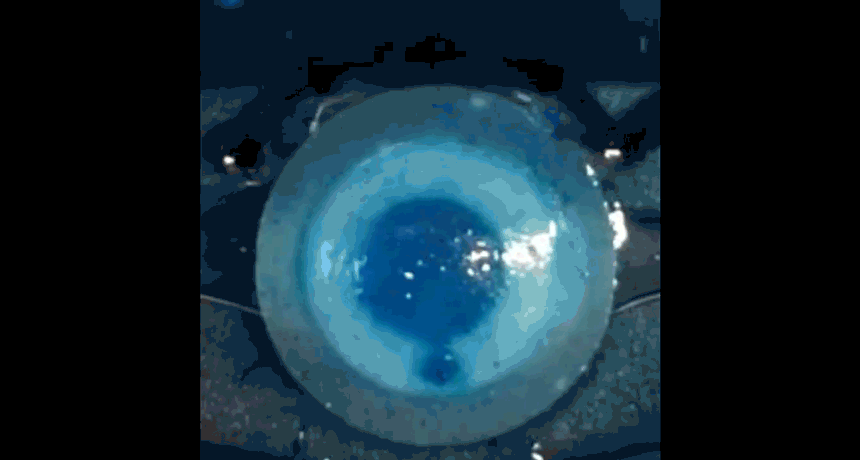American Association for the Advancement of Science Formed in 1848, it was the first permanent organization formed to promote the development of science and engineering at the national level and to represent the interests of all its disciplines. It is now the world’s largest such society. Despite its name, membership in it is open to anyone who believes “that science, technology, engineering, and mathematics can help solve many of the challenges the world faces today.” Its members live in 91 nations. Based in Washington, D.C., it publishes a host of peer-reviewed journals — most notably Science.
bioengineer Someone who applies engineering to solve problems in biology or in systems that will use living organisms.
cell The smallest structural and functional unit of an organism. Typically too small to see with the unaided eye, it consists of a watery fluid surrounded by a membrane or wall. Depending on their size, animals are made of anywhere from thousands to trillions of cells.
chemical A substance formed from two or more atoms that unite (bond) in a fixed proportion and structure. For example, water is a chemical made when two hydrogen atoms bond to one oxygen atom. Its chemical formula is H2O. Chemical also can be an adjective to describe properties of materials that are the result of various reactions between different compounds.
cornea The transparent front section of the eye. The shape of the cornea allows our eyes to bring objects at many distances into focus.
disorder (in medicine) A condition where the body does not work appropriately, leading to what might be viewed as an illness. This term can sometimes be used interchangeably with disease.
dry eye A condition that develops when the eye cannot produce enough tears to keep its surface adequately moist. Too little moisture can cause the eye’s surface to become inflamed, scarred or develop open sores. Some vision loss could result.
hydrogel A “smart” material that can change its structure in response to its environment, such as the local temperature, pH, salt or water concentration. The material is made from a polymer — a chain made from links of identical units — that have free, water-attracting ends sticking out. So in the presence of water, it may hold (bond) those water molecules for quite a while. Some hydrogels are used in baby diapers to hold urine, in potting soils to hold water near to plants until they need it and in wound dressings to keep a sore from drying out.
lens (in biology) A transparent part of the eye behind the colored iris that focuses incoming light onto the light-absorbing membrane at the back of the eyeball. (in physics) A transparent material that can either focus or spread out parallel rays of light as they pass through it.
mechanical Having to do with the devices that move, including tools, engines and other machines (even, potentially, living machines); or something caused by the physical movement of another thing.
model A simulation of a real-world event (usually using a computer) that has been developed to predict one or more likely outcomes. Or an individual that is meant to display how something would work in or look on others.
moisture Small amounts of water present in the air, as vapor. It can also be present as a liquid, such as water droplets condensed on the inside of a window, or dampness present in clothing or soil.
nerve A long, delicate fiber that transmits signals across the body of an animal. An animal’s backbone contains many nerves, some of which control the movement of its legs or fins, and some of which convey sensations such as hot, cold or pain.
organ (in biology) Various parts of an organism that perform one or more particular functions. For instance, an ovary is an organ that makes eggs, the brain is an organ that makes sense of nerve signals and a plant’s roots are organs that take in nutrients and moisture.
retina A layer at the back of the eyeball containing cells that are sensitive to light and that trigger nerve impulses that travel along the optic nerve to the brain, where a visual image is formed.
symptom A physical or mental indicator generally regarded to be characteristic of a disease. Sometimes a single symptom — especially a general one, such as fever or pain — can be a sign of any of many different types of injury or disease.
synthetic An adjective that describes something that did not arise naturally, but was instead created by people. Many synthetic materials have been developed to stand in for natural materials, such as synthetic rubber, synthetic diamond or a synthetic hormone. Some may even have a chemical makeup and structure identical to the original.
tissue Made of cells, any of the distinct types of materials that make up animals, plants or fungi. Cells within a tissue work as a unit to perform a particular function in living organisms. Different organs of the human body, for instance, often are made from many different types of tissues.
ulcer An inflamed sore on the skin or on a mucous membrane such as inside the mouth or the wall of the stomach.








